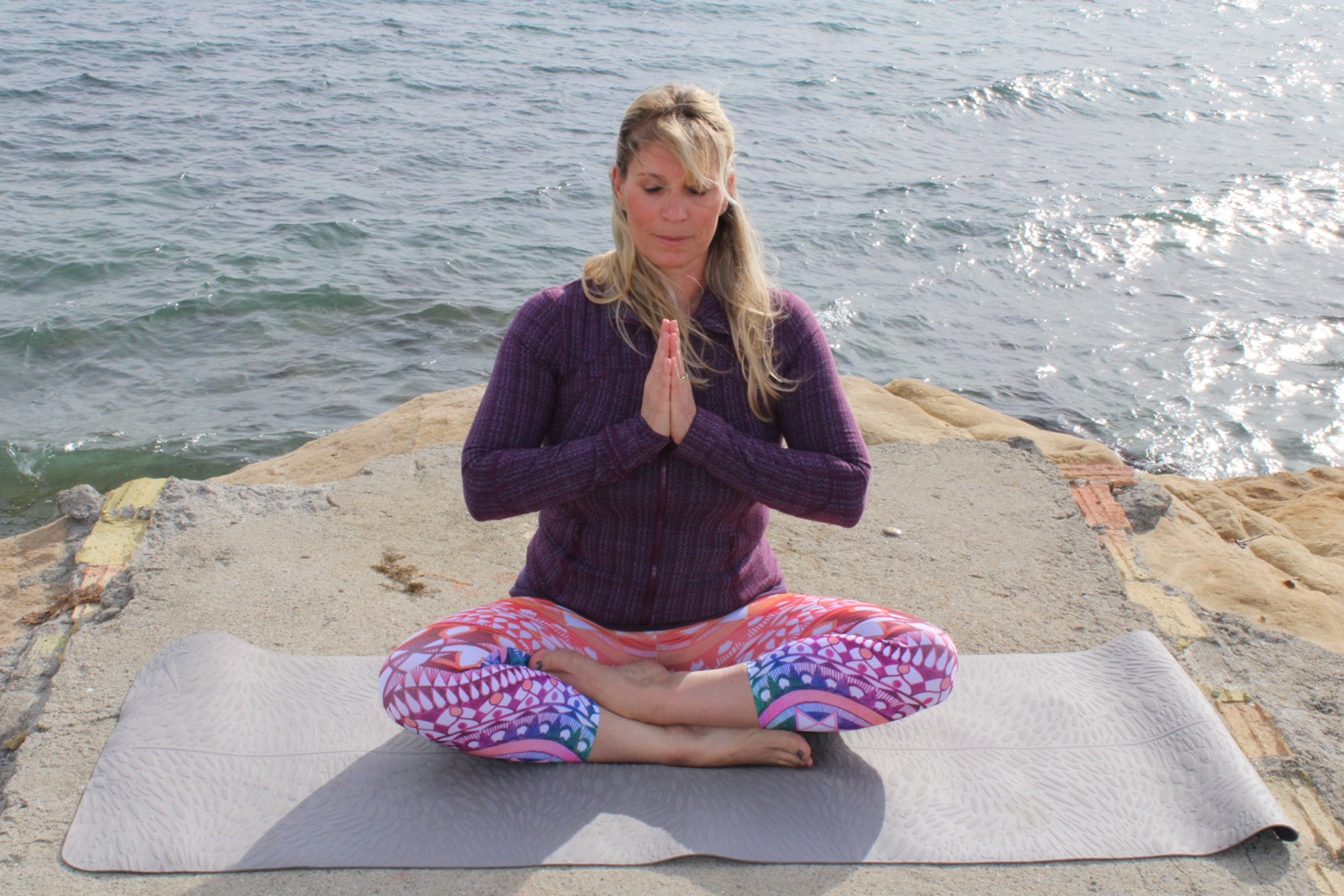4th limb of the 8 limbs of Yoga - Pranayama / Breath regulation
- Yoga with Dora

- May 24, 2019
- 2 min read
The word 'Prana' roughly translates to life force, breath. The word 'Ayam' translates to growth, discipline, control, expansion, free flow, effortlessness, lightness, absence of tightness (amazing how one word in Sanskrit can expand in such a way!).
Pranayama in essence translates to making our breath: continuous, even, deep, quiet and effortless - all the qualities of a Yogic breath.
Why would we want that? Because 'As the breath, so the mind. As the mind, so the breath.' Being in control of our breath will lead to being in control of the mind. That's sounds amazing, doesn't it? Pranayama is essentially the link between our internal and external world.

The main difference between traditional Pranayama and simple Breathing Techniques is that in Pranayama the holding of the breath happens. This holding of the breath is called Kumbhaka. Kumbhaka can occur either after inhalation or exhalation. Important to note that this breath retention should not be forced, it will happen naturally when we are ready for it.
There are 4 kinds of Pranayamas, relating to their effect: cleansing (in case of toxins) cooling (too much heat), heating (too much cold) and refining (when in balanced state).
The 6 main Pranayama techniques that we practice in class are:
1. Anulom Viloma - like Alternate Nostril breathing, which is a cleansing technique, but adding breath retention with a ratio of 1:4:2 (inhaling for 1 count; holding the breath for 4 counts; exhaling for 2 counts) - cleansing and refining Pranayama
2. Surya Bheda / Chandra Bheda - breathing through either the left or the right nostril to cleanse an imbalance in the body (video of this practice is available for free, subscribe to my YouTube channel to receive it)
3. Ujjayi (heating Pranayama, lifts Prana up)
4. Shitali (cooling Pranayama, calms Pitta Dosha)
5. Bhramari (relaxing Pranayama, calms Vata Dosha)
6. Bhastika (heating Pranayama, balances Kapha Dosha)
All of these techniques we can start as a breathing technique and when the holding of the breath happens - voila, they become Pranayama.
Namaste
Dora
---------------------------------------------------------------------------------
1. Yamas - the 5 restraints to find balance with our outside world
2. Niyamas - the 5 observation to find balance in our inside world
3. Asana - Physical Poses
4. Pranayama - Breath regulation
5. Pratyahara - Withdrawal of senses
6. Dharana - Concentration
7. Dhyana - State of Meditation
8. Samadhi - State of Oneness, Bliss
Last year here in the blog we covered the firsts two limbs of Yoga, (to find a summary of previous blog posts on the subject click here). This year we will focus on the remaining 6 limbs. See previous blog post on Asana, the 3rd limb and now continued with Pranayama - Breath regulation as the 4th limb.








Comments